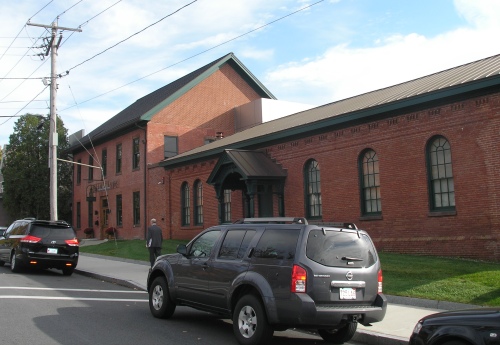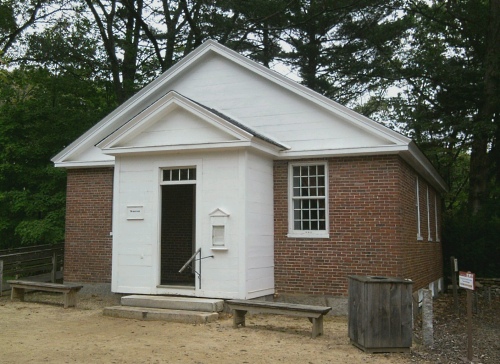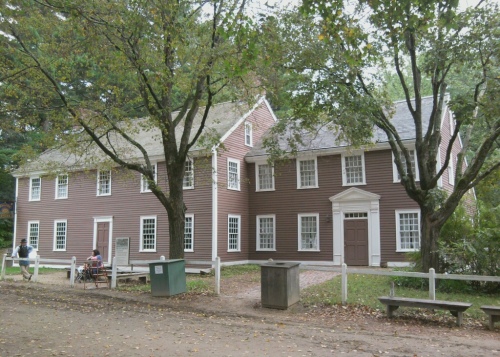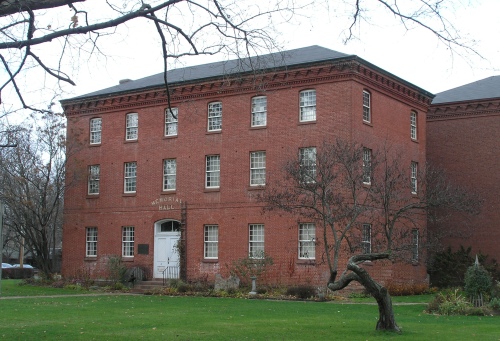Westfield Atheneum (1927)
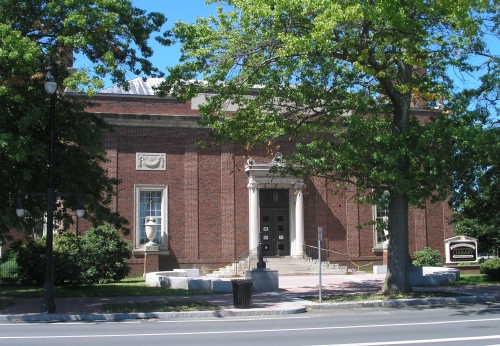
At 6 Elm Street in Westfield is the Westfield Atheneum, a library originally incorporated in 1864. Funding for the first Atheneum building, located at 26 Main Street, was provided by Hiram H. Harrison, president of the American Whip Company, with additional funds for the purchase of books being raised by private subscription. The Atheneum later received the donation of a circulating book collection that was first used by the Westfield Social Library, begun in 1830. The Westfield Atheneum opened to the public on January 1, 1868. Originally requiring a $2.00 annual fee, in 1895 the Atheneum became a free library. In 1898, Westfield Academy donated another building to the Atheneum, the Fowler-Gillett Homestead (built c. 1828 by James Fowler) at the corner of Court and Elm Streets. It was remodeled for library use and opened in 1899. The current main Atheneum building, designed by Coolidge and Carlson, was erected in 1927 and the Fowler-Gillett Homestead became the Boys and Girls Library. A new wing and extension connecting to the Boys and Girls Library, which doubled the floor space of the Atheneum, were dedicated in 1966. The Atheneum building also contains the Jasper Rand Art Museum and the Edwin Smith Historical Museum.
